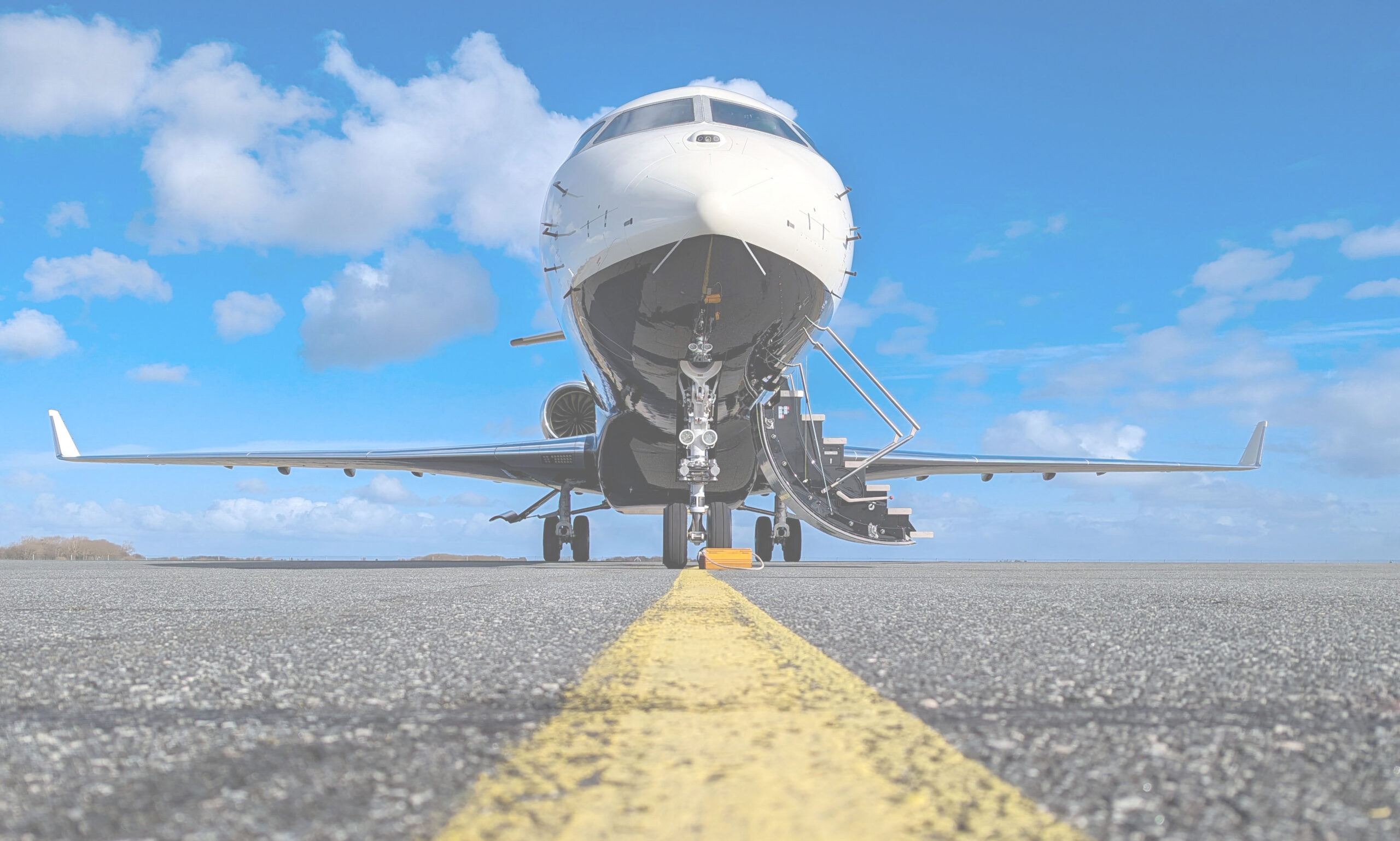Before we answer the question, we need to start with a very short history lesson.
As air travel became more popular in the late 1950s, airlines were struggling to keep up with the volume of reservations and ticketing. As luck would have it, computers were becoming more available and powerful.
American Airlines worked with IBM to create the SABRE computerised reservation system. It went live in 1960 and was the first real step in automating the booking process.
Other airlines followed suit, giving travel agents the ability to check seat availability and make electronic bookings.
In the 1970s demand grew for an industry-wide solution and the first independent Global Distribution Systems (GDSs) emerged. These could connect multiple airlines and facilitate reservations on a wider scale.
As the travel industry developed, three GDSs began to dominate, expanding their services to include hotel reservations, car rentals and other travel related services, as well as flights.
GDSs evolved into global platforms, connecting airlines, travel agencies, and other travel service providers, becoming central to the distribution of travel-related services.
Okay – history lesson over! So, what is wrong with GDSs? In essence nothing. They do a great job acting as an intermediary platform allowing travel agents and TMCs to have a good overview of travel offerings.
However, critics will say they are too expensive and clunky. Lufthansa Group Airlines was probably the first to make a noise about this. In 2015 it introduced a worldwide surcharge, the Distribution Cost Charge (DCC), for bookings made via GDSs. Direct bookings via the Lufthansa Group’s websites were exempt from the DCC. Other airlines followed suit in an attempt to drive more travellers to book via native websites or apps.
Also, in 2015 New Distribution Capability (NDC) burst onto the scene. It allows airlines to distribute their content directly to Online Travel Agents (OTAs), Travel Management Companies (TMCs) and other resellers. After a relatively slow start, NDC is slowly and surely disrupting the comfortable world for GDSs.
Critics of GDSs also point out that they are built on legacy technology that is struggling to keep up with modern demands. They would add that you have to be an expert in the systems to get the best out of them so travel agents and TMCs have to invest in costly staff training.
As you can see, it’s no surprise airlines, travel agents and TMCs have been crying out for a technology solution to improve the distribution of airline content. We believe Journey Mentor is that solution. Our technology complements GDSs and NDC offering the travel industry the most comprehensive view of what is on offer to travellers. And we promise to do it cheaper.
Book a free demo with our specialists
Let us show you how Journey Mentor works for your business.

